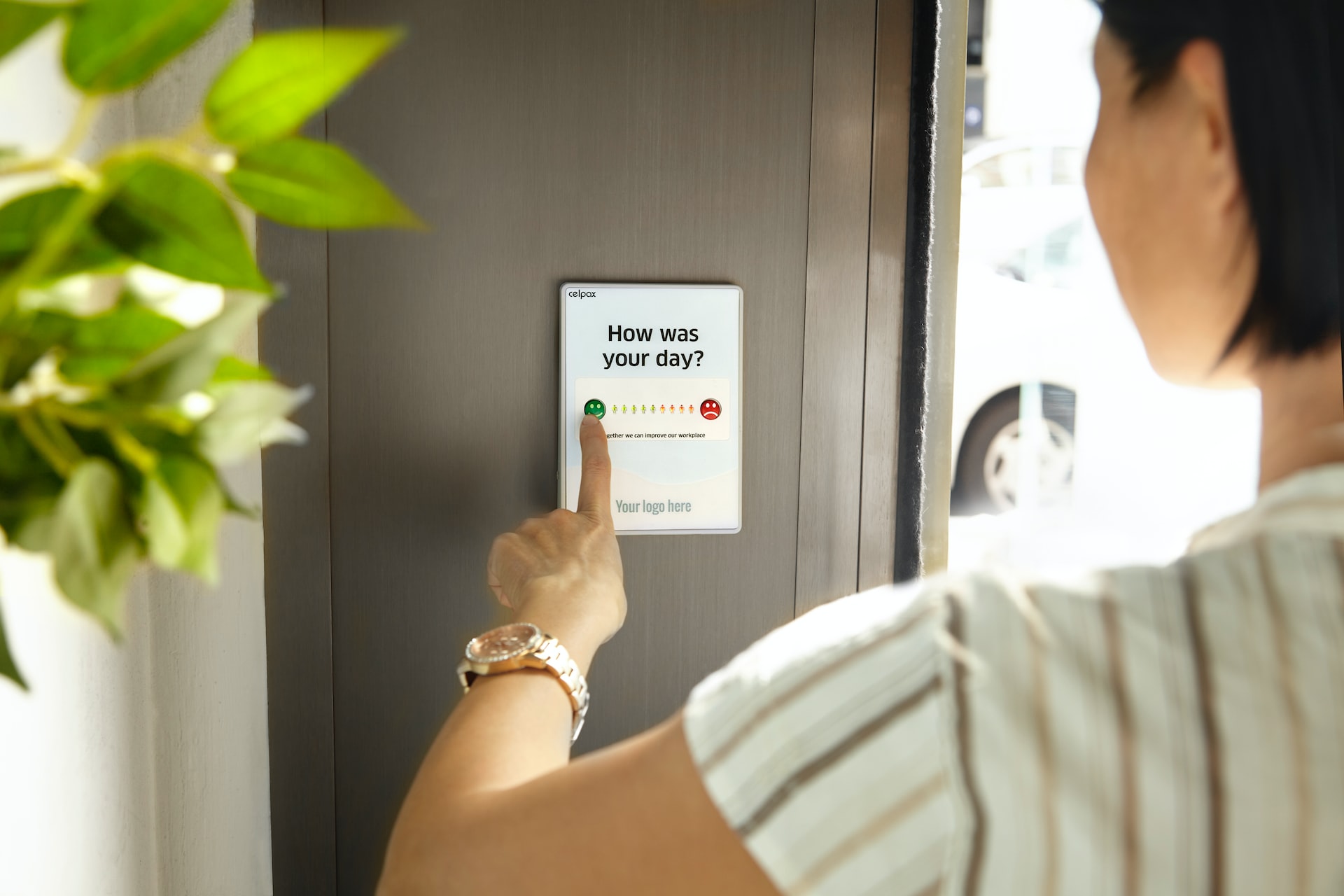
Everyone is talking about employee engagement. Not everyone understands what employee engagement means. I want to talk about it through the lens of employee engagement survey software to give you an idea of what it means for your leadership, and how they can make progress with your culture objectives.
Ah, did you see what I just did there? I swapped out “employee engagement” with “culture.” You can’t separate the two. Your culture is shaped by many different things, including “employee engagement.” But just what is employee engagement, and why in the world would you want (or need) to use employee engagement survey software?
What Is Employee Engagement?
According to investopedia:
Employee engagement describes the level of enthusiasm and dedication a worker feels toward their job.
So just how do you measure that “level of enthusiasm and dedication?” You could go with the good ol’ fashioned gut feel. A manager *feels* like everyone is enthusiastic or dedicated. Honestly, this isn’t that bad, especially if the manager has a decent amount of emotional intelligence. If they are “aware of others,” or have good empathy, they might fairly accurately judge this enthusiasm and dedication.
But then what? What does the manager do with this information? How could a manager increase enthusiasm and dedication? If employee engagement is tied to culture, they should definitely want to.
This could literally be the million-dollar question. In some organizations it could be the tens-of-millions-of-dollars question, and leaders should be asking themselves how to improve employee engagement.
Employee Engagement Survey Software
While those questions (what do we do with this information) are critical, I want to focus on how you actually get the information. Like I said, there’s the gut-feel approach, but there are a few problems with that. Perhaps the manager isn’t able to effectively communicate what she needs to to other leaders. Or, they easily forget how employee engagement has evolved over time. Those are just two problems with a gut feel approach.
Alternatively, you could use surveys. Of course, with today’s technology, it makes a lot more sense to use employee engagement survey software than to do paper and pencil. Employee engagement surveys should be simple and straight-forward. The questions should focus on exactly what you want to survey.
I’ve learned about eNPS, which is a play on the popular 1 (or 2) question NPS suveys (look it up, they are very common and rather boring). The “e” in eNPS stands for employee (or employer) NPS. The two questions are too simplistic, and for that reason I put together an ebook that talks about how to really get the feedback you need to help improve your culture (and employee engagement).
You can find this free ebook here: How to Measure Your Team’s Culture
In that book I talk about a better alternative to the eNPS. Here are three critical elements of employee engagement survey software:
Employee Engagement Survey Software Must Be Easy
The beauty of the NPS model is that there are only two questions. The first asks “on a scale of one to ten,” and you simply choose a number. The second asks why. I love how easy it is to take this survey.

In my “how do you measure culture” ebook I talk about four specific questions that really help you get to the heart of what you are looking for. I’m not going to declare these are the four questions you should always ask but I walk you through them so you can talk with your leadership team to determine what the most important questions are you should ask your team. Your culture, team size, organizational dynamics, etc. might dictate that you ask different questions.
The main point, though, is that your employee engagement survey software and questions should be easy. Don’t ask pages and pages of questions or you’ll find people rush through or ignore your survey, neither of which help you get the information you need.
Must Be Trendable
Apparently trendable isn’t a word… but let’s pretend it is just for this post. Having employee engagement survey software that is trendable means that you can establish a baseline and easily track and trend your data over time.
Your software should show you results from the last survey, and the survey before that, and the one before that, etc. so you can get an idea of whether you are making progress or not. Did you put in an all-you-can-eat nacho bar? Has that impacted your employee engagement (which, remember, is enthusiasm and dedication)? Has your nacho bar increased productivity or decreased turnover?
You want to be able to see how initiatives you introduce impact engagement and culture. Maybe that parking spot of the month award backfires, and people are really upset about how it was rolled out. Or, maybe it was just the thing to motive your team and help them feel more enthusiastic and dedicated to your organization.
You can see these reactions when you look at the trends of your surveys. You want to trend quantitative data (numbers) as well as qualitative data (words/phrases/sentiments). Your software should help you see if the numbers get better while the good words increase (and the bad words decrease).
Can you imagine having these trends at your fingertips over time? WOW! You’ll be able to see if changes in leadership, incentives programs, etc. have had impacts on your culture! This can help you avoid mistakes as well as implement more things that have actually proven to work.
Employee Engagement Survey Software Must Feel Safe
Your team needs to know they will not be punished for giving you feedback. Maybe this means you do anonymous surveys (Snowfly’s employee engagement survey software allows your team to respond anonymously). Maybe it means the questions you ask are triple checked to make sure they are excellent, non-scary questions (or, questions that feel dangerous).
One of the most important ways to help these surveys feel safe is to acknowledge the survey results and even do something about them. While this might sound obvious, think about how many times you’ve given feedback and either you weren’t acknowledged or the stuff you specifically talked about that needed to be fixed was not addressed at all. It’s pretty common.
Another way to help the survey results feel safe is to make sure you don’t minimize, diminish, or joke about survey results. If someone risked sharing it, treat that as gold.
There are ways to make the software part of your employee engagement survey software feel safe, but just know there is a responsibility the leadership team has to help your team feel safe. This is one of the most important aspects of asking for feedback.
Want to Learn More?
For sure go get the ebook, it’s a quick read. Use it in your organization to figure out what will work best for you.
If you are ready to look at, or talk about, employee engagement survey software, we’d love to show you what we are doing. We have some best-practices for implementing these surveys that we’d love to share with you. Just reach out here:




